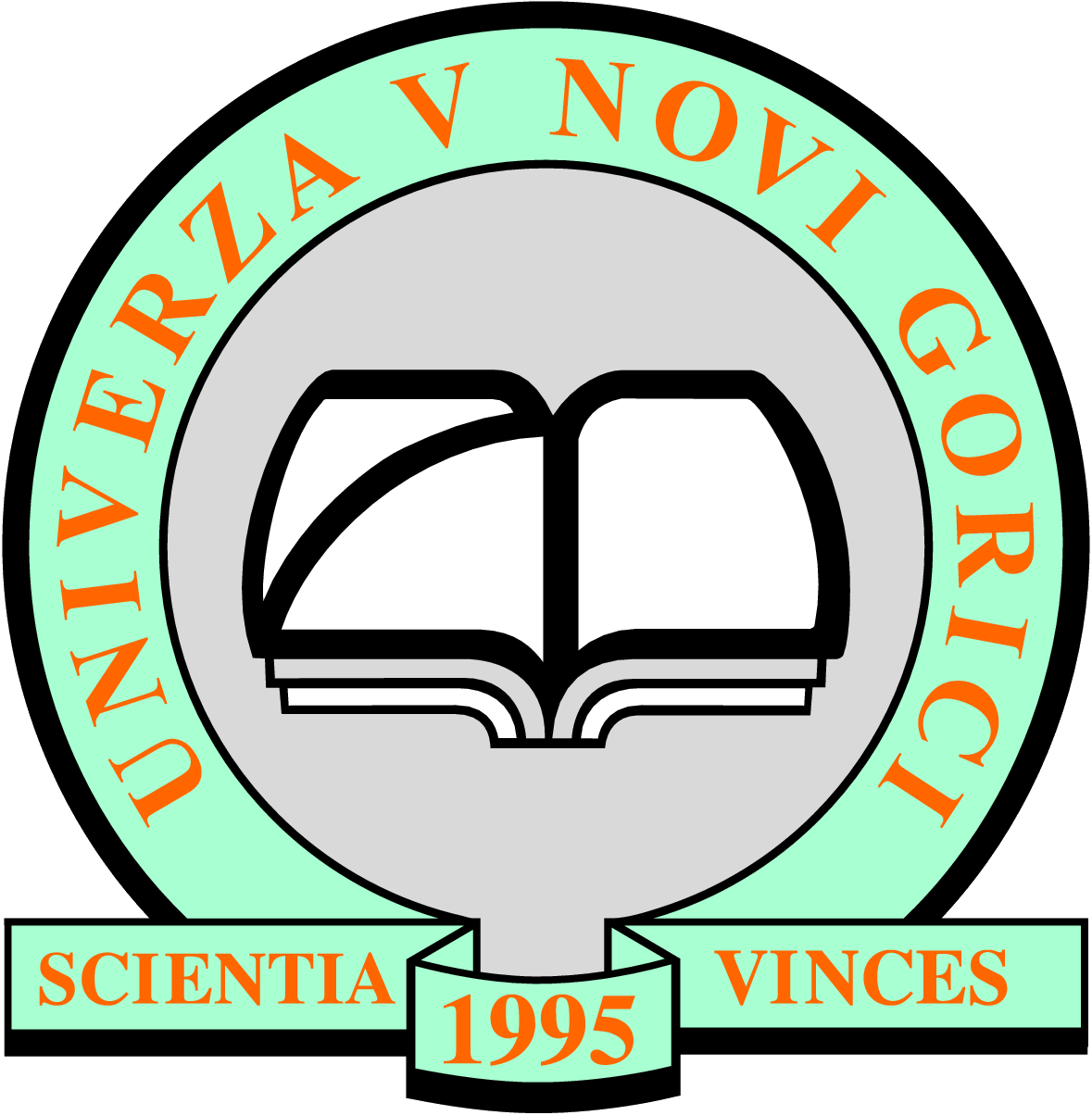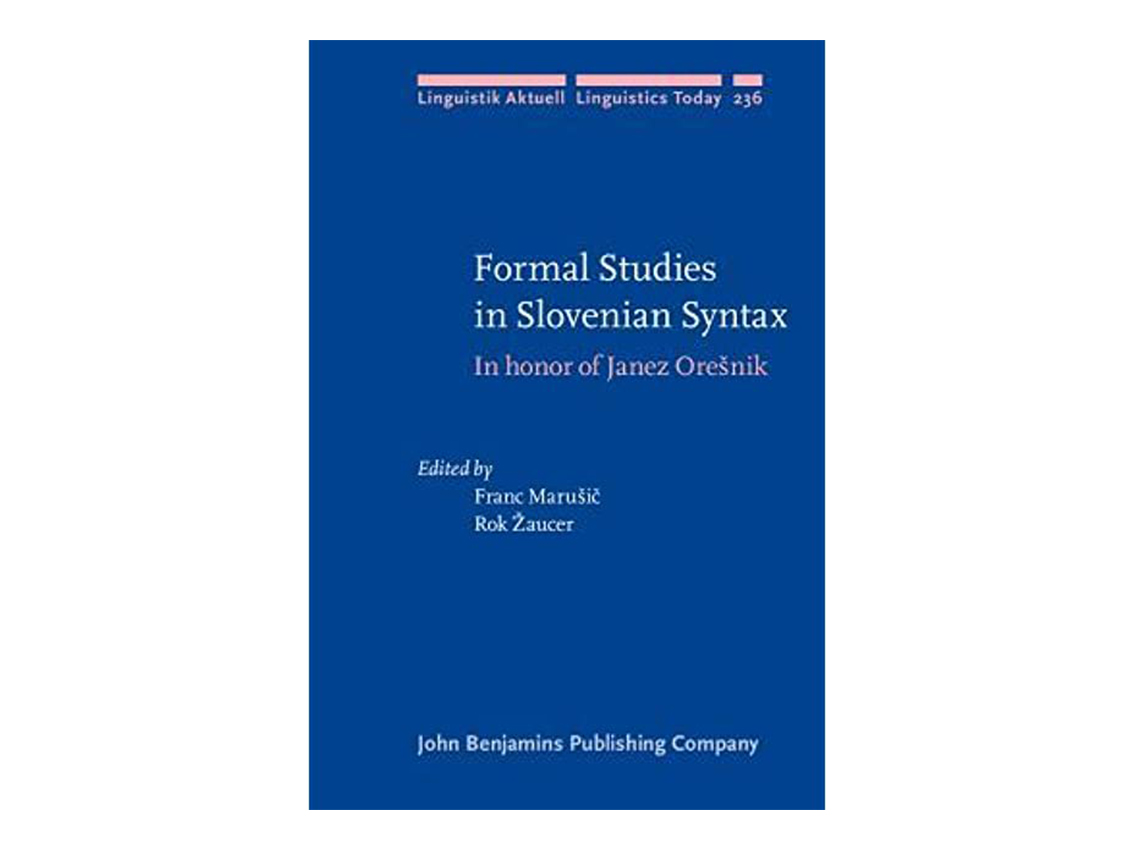




One of the possible ways of expressing possibility in affirmative sentences in Slovenian is with a modal adverb that combines with a finite verb. Under negation, a modal auxiliary must be used instead of the modal adverb. The pattern with a modal adverb that combines with a finite verb is a peculiarity among Slavic languages as well as European languages more generally (Hansen 2005; Van Olmen & van der Auwera 2016). Looking at diachronic data, which reveal an earlier stage without the modal adverb as well as a subsequent stage with cooccurrence of the modal adverb and the modal auxiliary, we propose that the change be analyzed in terms of the linguistic cycle (van Gelderen 2011), with the modal adverb originating as a reinforcer of the modal auxiliary and then grammaticalizing into a modal. The modal-adverb strategy could not generalize to contexts with sentential negation because of the hierarchical order of the relevant functional projections and the characteristics of the negative particle.
Marušič, F. in Žaucer, R. 2016. ‘The Modal Cycle vs. Negation in Slovenian’. In Formal Studies in Slovenian Syntax. In honor of Janez Orešnik, ed. F. Marušič, R. Žaucer. Amsterdam/Philadelphia: Benjamins. 167–192.
Link: https://benjamins.com/catalog/la.236.08mar